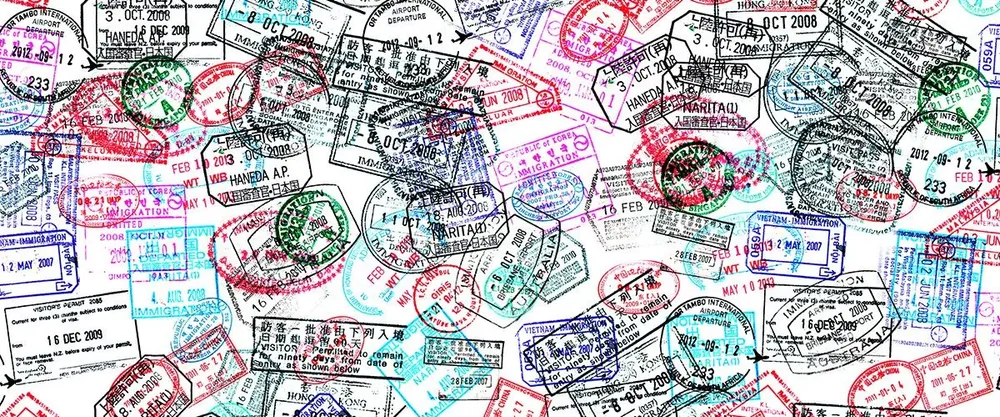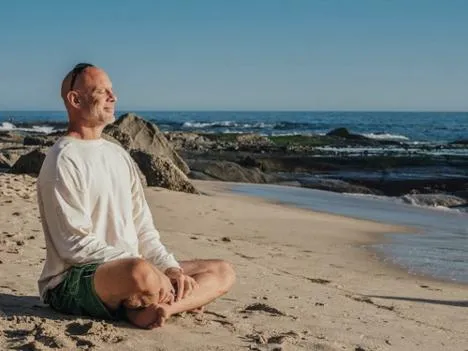Early in the pandemic, Australia earned the nickname “fortress Australia” because the country had been largely Covid-free since mid-2020. Early lockdowns and strict border measures meant that many Australians enjoyed near-normal lives. Unfortunately, life isn’t totally back to normal in Australia.
The Delta variant has caused somewhat of an outbreak, but even before new lockdown restrictions were put in place, Australian workers and hopeful immigrants had been hurting. Prime Minister Scott Morrison announced that once 70% of people in Australia have been vaccinated the country would ditch its covid zero plan and start reopening the country.
Route to Recovery
This article is a bit of a thought piece, but I wanted to share what I think can be done.
So what can the Australian government do to speed up the country’s recovery, especially when it comes to immigration?
In my view, the Australian government needs to create a plan that addresses multiple specific impacts that COVID-19 has had on the country, communicate that plan effectively, and then stick to it so that Australian citizens can actually see a light at the end of the tunnel, and how we’re going to get there.
Specifically, I think there are three particularly pressing issues that should be addressed:
- Vaccine distribution
- Australia’s skill shortage
- Pandemic-induced mental health issues
Solving or at least addressing these issues, I believe, will ultimately attract more people to Australia and help in the continued effort of building the Australian economy.
Improve the Vaccination Rate in Australia
Australia has been one of the global success stories in the fight against the pandemic, but its vaccination rollout has been slow. Stalling vaccination rates and rising Covid-19 cases have kept lockdown rules in place, which means that immigration is still on hold.
Currently, only 59.3% of Australia’s vaccine eligible population is fully vaccinated, and 81% has had at least one dose. At the rate Australia’s vaccine effort is moving, 80% of eligible Australians will be fully vaccinated by as late as December.
But Australia’s early pandemic success has many wondering why the vaccine rollout hasn’t been going smoother and running faster.
One of the biggest stumbling blocks has been access to supplies. Australia’s vaccine program relies mostly on the AstraZeneca shot, but a disagreement with the European Union led to part of the AstraZeneca order being held back. Domestic production of the AstraZeneca vaccine has fallen short of expectations, and because Australia was relying so heavily on the AstraZeneca shot, the rollout was hampered by shifting advice about that specific vaccine.
Countries around the world are striving for high vaccination rates, but the numbers are especially important to Australians who are currently subject to snap lockdowns and barred from leaving the country.
The federal government has a four-stage plan to ease lockdown restrictions. Once Australian vaccination coverage reaches 80% only highly targeted lockdowns would be necessary and vaccinated Australians would be free to cross state lines.
Until those numbers are reached, however, Australians will continue to face snap lockdowns and strict border controls. The border controls are so strict that residents must apply for exemptions to leave and a limited number of incoming overseas travelers must complete a two-week mandatory quarantine.
Australia’s border is still officially closed, and there are rumors that visitors won’t be allowed in until 2022 at the earliest. Vaccines might be the key to opening up Australia’s borders and welcoming people back into the country. This lack of people crossing the border — both tourists and immigrants — has had dire consequences on Australia’s economy and workforce.
Addressing the Skills Shortage
Since the start of the pandemic in early 2020, Australia has lost more than half a million temporary migrants. This exodus of temporary migrants coupled with record low unemployment has led to a severe lack of skilled workers across many industries in Australia.
While movement into Australia is on pause, the government is re-evaluating whether or not the country’s current skilled migration pathways are serving the Australian economy. The Joint Standing Committee on Migration recently made recommendations on a range of issues including how to address skills shortages, how to provide clearer pathways to permanent residency, and how to encourage the best international students to study and work in Australia.
The plan calls for cutting red tape for skilled migrant visas, streamlining the visa application system, and creating a flexible process of identifying workforce shortages. The committee hopes their recommendations will lead to the creation of a “dynamic national workforce plan.”
Attracting more workers to Australia is important, but Australian companies are also considering how they can retain their current employees. Right now, workers have options, so businesses are doing everything they can to improve working conditions. But will it be enough to bring new skilled migration workers to Australia once the border reopens?
Australia has faced more than a year and a half of closed international borders. Many skilled migrants have left the country, but still more remain locked out, including 19,000 workers who were previously issued skilled visas. One in four Australian businesses are struggling to find staff to fill job vacancies, which illustrates that Australian businesses continue to suffer from the stalled movement of skilled migrants.
The good news from an immigration standpoint is that the government has expanded its list of occupations where visa applications and travel exemptions will be prioritised.
Still, Australia is hurting. And not just from an economic standpoint - the pandemic has taken a toll on peoples’ mental health, and that needs to be addressed.
Pandemics Toll on Mental Health
Snap lockdowns and restricted movement within and beyond Australia have taken their toll on psychological well-being. Large studies that have assessed people’s mental health before and after the pandemic confirm that mental health has deteriorated, and Covid-19 has caused marked increases in anxiety, depression and post-traumatic stress.
The pandemic has also compounded existing feelings of insecurity, and reports have found that people who have experienced job losses during the pandemic are experiencing greater mental health distress. Psychological problems faced by many during the pandemic are being exacerbated by unemployment and financial stress.
The lockdowns and restrictions that kept Australians safe for months are now starting to wear on the same people they were meant to protect. It’s up to the government to create a plan for returning to normal. That plan should address the sluggish vaccination rate, the skills shortage, and Australians’ mental health.
Understand More About How the Pandemic Can Affect Relocation to Australia
Momentarily, movement in and out of Australia is almost halted, but as matters improve immigration will get back on track. Consider what's happening at the moment, yet start preparing for a relocation to Australia.
Gilton Valeo Lawyers is a Sydney based incorporated legal practice specialising in corporate migration founded in 1982.
Connect with Fiona to discuss more on immigration options, life in Australia and the effect of current happenings.





